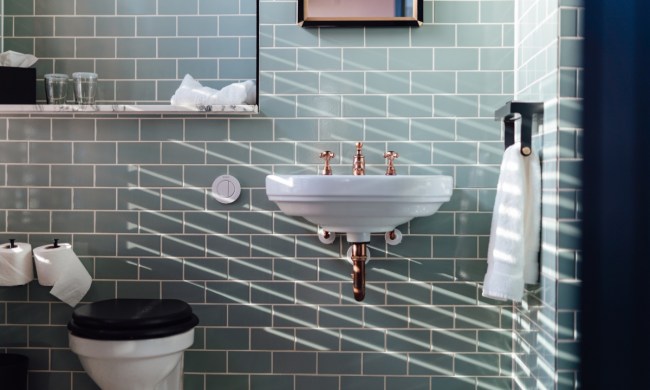Downsizing isn’t just about companies saving money. If you’re preparing for a big life change — say, retirement — you might start planning to downsize certain things in your life, beginning with your home. While that can feel like a daunting decision to make, there are several reasons you might consider this change, including:
- Economic necessity
- Health concerns
- Convenience
- Relocating for retirement
- Seller’s market
Even if you’re a few years away from retirement, if you’re planning ahead of time, then you’re already making the right moves. There’s no better move than taking your time to plan out your expenses for retirement to ensure stable financial support and have backups for worst-case scenarios.
Like all things, there’s a right way to do something and a wrong way. Discover the best way to plan for retirement and the mistakes to avoid when downsizing for retirement.

The don’ts of downsizing
Before you start planning, let’s look at some of the common mistakes made when people begin planning their retirement. Avoiding these mistakes is the first step in retiring (and downsizing) with extra money to spare. And you can’t put a price on the peace of mind that comes with financial security.
Overestimating current home value
Often, many homeowners overestimate the value of their current home. Get the property appraised before you bank on your house as a large source of income for your retirement. There may be undiscovered repairs or upgrades to make, especially if you’ve owned the property for several years. Plus, if you appraise your home, you can ascertain the selling cost of comparable properties on the market.
Underestimating a new home’s cost
Conversely, just as many homeowners underestimate new home costs. Get any potential homes inspected and appraised. Don’t go off of trust, but off of thorough research. Without knowing the facts, you can’t make a fully informed financial decision.
Ignoring tax consequences
There are many tax specifications required to buy or sell a house. Whether you want to sell your home to family, gift it, or put it on the market, make sure you speak with your financial planner or CPA to assess the potential costs and fees of selling your home.
Forgetting closing costs
Buying a new residence comes with closing costs, too. If it’s been several years since you sold a home, remember that there will be many associated fees that go to the government, realtors (unless you’re selling your current house on your own), inspectors, and appraisers. Keep this in mind when budgeting for your upcoming downsize.

The do’s of downsizing
Now that you know what not to do, it’s time to dive into the wise moves you can make for downsizing when you retire. There’s more than one thing to do, which is why it’s recommended not to rush the downsizing process. The better your plan, the better positioned you’ll be for a comfortable retirement.
Assess current finances
The first step to downsizing starts with assessing your finances. You’ll need to consider when you plan to retire and how much you’ll make monthly in retirement savings. These can impact your pension and other retirement funding opportunities, especially if you have any savings accounts you plan to use for your retirement.
You’ll also need to establish current expenses and what you can afford to spend based on your expected income. Determine whether or not you’ll need a mortgage, depending on where you plan to retire to. Leaving out this detail can subtract a lot from your retirement budget.
Budget for downsizing costs
After assessing current finances, it’s time to plan for the future. You’ll have to create a special budget if you’re planning on buying a new property. There are many expenses specific to downsizing. Here are some for you to factor into your budget:
- Realtor’s commission: The four percent to six percent of sale price which goes to a realtor
- Closing costs: Not always required; don’t assume your new home is excluded
- Home inspection and repairs: If you didn’t repair anything major because you avoided/forgot the inspection, you may have to cover the cost
- Mortgage payoff: Your home sale may pay off the mortgage, unless you suffer a loan penalty for selling early
- Capital gains tax: For any profit made from the sale of your home
Plan it out ahead of time
There’s no point in downsizing when you retire if you don’t take the time to plan it all out. Ask yourself the following questions to thoroughly plan for your future retirement. The answers can help you determine the best path forward.
- Who’s selling the home? You or a realtor?
- Are you selling any other assets? Consider recouping some of the cost of any cars, boats, and other high-value possessions you won’t need in the future.
- What extras can you let go of?
- Where will you live?
- What kind of house do you want? Single-family, condo, assisted living, or living with family?
- How will you shop for a new mortgage? Will you get a 10-, 15-, 30-year, or interest-only mortgage? Or are you planning to rent?
Downsizing can be a great idea when you reach retirement age. Everyone should have a home that fits their needs and lifestyle, and you might find yours is too big for you now. However, make sure you plan your retirement carefully — including the sale of your house — so you’re set up for success in the future.



